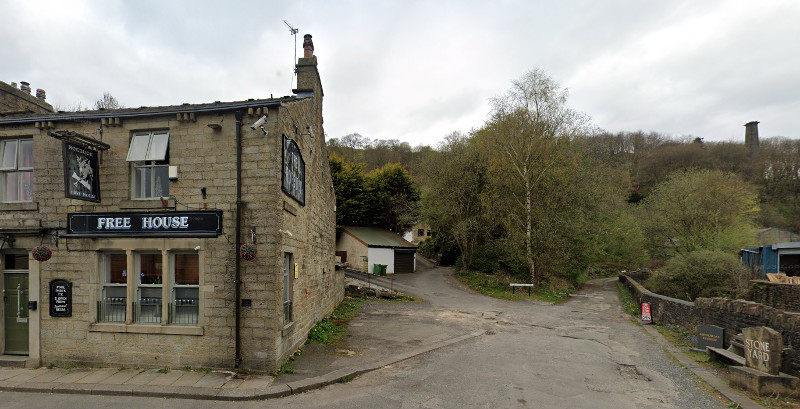Clog Cobbing, a sport originating from the quaint setting of the Roebuck Inn in Lancashire during the 1960s, ingeniously combines local tradition with competitive spirit. This annual Easter event challenges participants to hurl Lancashire clogs—shoes distinguished by their sturdy wooden soles—as far as they can, employing a technique that demands both skill and finesse.
Clog Cobbing Origin
Clog Cobbing, a unique sporting event, originated in the early 1960s at the Roebuck Inn, located in Whitemell Bottom, Rosendale, Lancashire, as a novel way to raise funds for charity. This unusual competition fascinated the local community by transforming the traditional Lancashire clog into an instrument of sport and celebration. The essence of freedom and creativity in choosing such an unconventional item for a sporting event highlights the community’s innovative spirit.
Every Easter, this competition not only revives the age-old footwear but also brings together participants and spectators in a festive gathering that values tradition and communal engagement. The act of clog cobbing, fundamentally throwing a clog as far as possible, symbolizes a break from conventional sports, presenting an opportunity for every individual, regardless of their athletic prowess, to participate and enjoy the thrill of competition.

The Roebuck Inn, a central figure in this tradition, serves as more than just a venue; it stands as a historical landmark that nurtures community spirit and unity through this vibrant event. The annual gathering not only perpetuates a unique sporting culture but also ensures that the original charitable spirit of clog cobbing continues to thrive, reinforcing communal bonds and freedom of expression through this distinctive sport.
Rules of Cob Cobbing
In the competition of clog cobbing, participants aim to hurl a traditional Lancashire clog the farthest distance possible using a distinctive swinging and throwing technique. This unique sport not only tests strength and skill but also upholds specific rules to guarantee fairness and safety in the spirited throwing sessions.
Key rules governing the sport include:
- Swinging Technique: Competitors must swing the clog between their legs multiple times to build momentum before hurling it backward over their head. This technique is vital for achieving maximum distance and following the traditional style of the sport.
- Handling of the Clog: It is mandatory for participants to hold the clog with both hands during the swing and release. This rule helps maintain a uniform method among competitors, ensuring the contest is fair.
- Designated Throwing Area: The clog must be thrown onto a predefined road surface and not into any adjacent areas, such as rivers. This stipulation not only preserves the environment but also standardizes the conditions under which all participants compete.
These regulations are designed to uphold the integrity and historical essence of clog cobbing while fostering a sense of freedom and personal achievement among enthusiasts.
What are Lancashire Clogs?
Originating from northern England, Lancashire clogs, known as Northumberland or Yorkshire clogs as well, are distinguished by their robust leather uppers and were a staple footwear among the working class during the 19th and early 20th centuries. Unlike the more famous Dutch clogs, which are entirely wooden, Lancashire clogs combine durable leather with wooden soles, sometimes featuring metal clasps or laces. This design not only provided affordable durability but also offered protection against the harsh industrial environments of northern England, where they were mainly worn.
These clogs were crucial for factory workers, particularly in the cotton mills, offering safety from machinery and the often wet and dirty factory floors. Their practicality was matched by their longevity and comfort, making them a favored choice across the working classes.
Furthermore, the simplicity of Lancashire clogs belies their cultural significance; they played a pivotal role in the creation of clog dancing. This folk performance, which evolved into modern tap dancing, is thought to have originated from mill workers mimicking the rhythmic sounds of their machinery. The dance style, known as ‘heel and toe’, symbolizes a form of expression and freedom, resonating with the rhythmic life pulse of industrial England.

